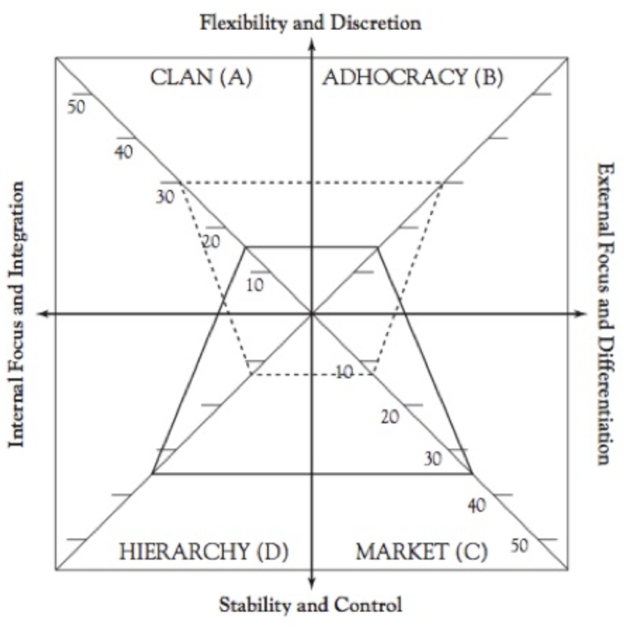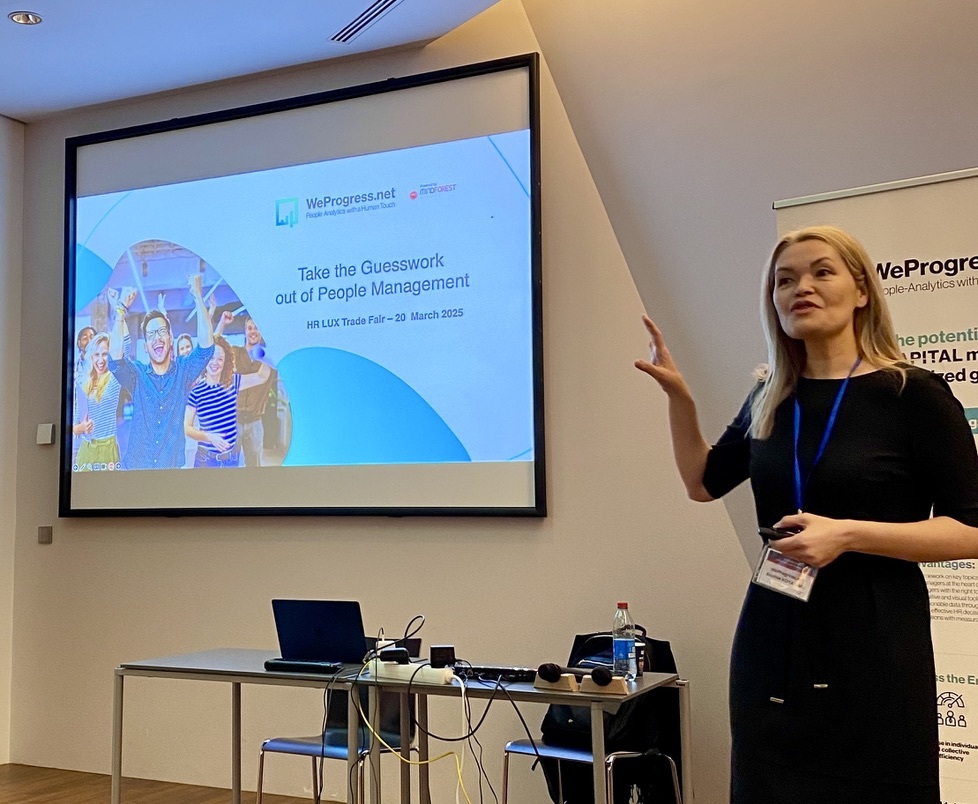The role of corporate culture in the current and future governance of a company
Corporate culture, a specific identity for the organisation
A corporate culture is built on the personalities of the managerial staff, the history of the company, as well ason the environment in which the organisation evolves. More precisely, it is based on different components shared by all internal stakeholders: explicit or implicit rules, shared values, ways of thinking and acting, languages, a sense of belonging, working methods, etc. All of this enables an organisation to function and develop in order to acquire its own identity and a common vision for all its employees.
The culture characterises the organisation and distinguishes it from others in its appearance and, above all, in its ways of reacting to common situations in business life (e.g. conflict situations, staff development, team cohesion, etc.).
An integral part of corporate governance
It is not always easy to understand what the benefits of corporate culture are, both with regard to the internal and external way the organisation functions.
On the one hand, corporate culture unifies organisational methods, so that employees are aligned. It strengthens cohesion and performance around a common reference point, promotes the coordination of activities, standardises behaviour and practices, and facilitates mutual adjustments.
Thus, the way it is conveyed can take different forms. For example, based on elements such as values (e.g. innovation, openness, sharing, etc.), the organisation’s recruitment policy (e.g. each candidate is pre-selected by means of different tests), training (e.g. each employee has an annual plan) or even through visuals, such as dress code or language. The corporate culture can also be transmitted through activities that reflect common references, such as company seminars.
On the other hand, it helps to convey a positive brand image to customers and to develop a sense of closeness. It is also a means of attracting and recruiting future candidates.
Corporate culture should not be static but should evolve, the organisation should remain alert and attentive to both its employees and its external environment. If this is not the case, it can prove to be a hindrance of any change and a source of staff demotivation.
The MindForest Culture Assessment Tool: ideal for analysing your corporate culture
As previously mentioned, corporate culture is an important element to be taken into account by management when defining the way it conducts its strategy and reorganisation projects.
In order to optimize the identification of your corporate culture, we have developed our “MindForest Culture Assessment” tool. Based on the Quinn and Cameron (2011) model, it determines your profile (clan, adhocracy, hierarchy, market) by positioning your organisation along two axes: flexibility vs. stability (does the company favour flexibility and innovation or stability and control?) and internal vs. external orientation (does the company favour internal cohesion or adaptation to the external environment?)

Identifying your profile not only ensures the success of your internal change projects, but is also a key element in the success of a company merger, for example, or any other strategic repositioning operation. Indeed, our approach can allow us to analyse the profiles of the merged organisations, and to determine with them the most appropriate culture to move towards, taking into account the strengths and weaknesses of each. [1]
During such a merger process, MindForest will also be present to accompany the new organisation, by facilitating employee adhesion to new reference points. Companies often underestimate the importance of this stage, which is in fact crucial to the success of the change, but regularly constitutes a source of difficulties and stress.
Let us help you
[1] Quinn and Cameron, « Diagnosing and changing organizational culture », Jossey-Bass, 2011.
WANT TO RECEIVE OUR LATEST THOUGHT LEADERSHIP CONTENT?
Related posts
 Take the Guesswork out of People Management
Take the Guesswork out of People Management
 From processes to people: achieving quality
From processes to people: achieving quality
 Daring to lead Positive Transformation: What if Positive Emotional Capital was your key to sustainable change?
Daring to lead Positive Transformation: What if Positive Emotional Capital was your key to sustainable change?
 Why hire Change management professionals? We can do it alone!
Why hire Change management professionals? We can do it alone!
 Digital Transformation and Change Management: Lessons shared in an event hosted by Cebi and MindForest
Digital Transformation and Change Management: Lessons shared in an event hosted by Cebi and MindForest



